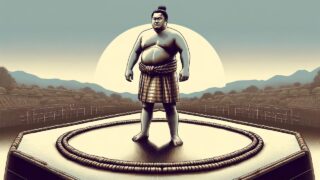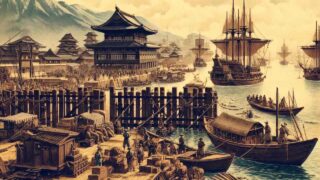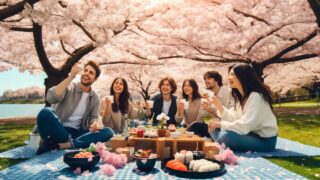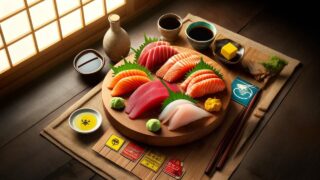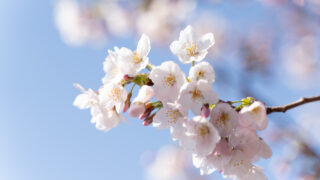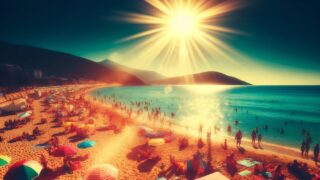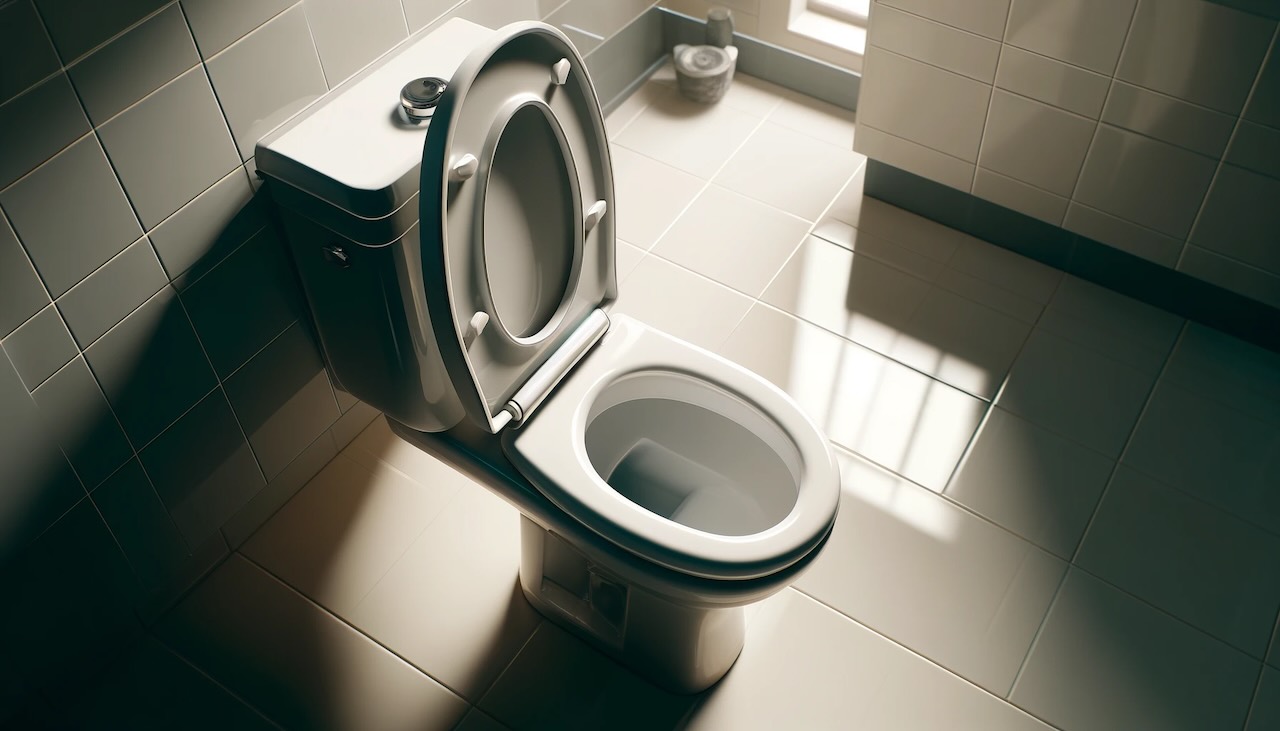In the event of a natural disaster like an earthquake, you might find yourself trapped in a bathroom with no access to clean water. In such a situation, you may wonder, “Is it safe to drink toilet water?” Moreover, are there any differences between toilet water and tap water in Japan? In this blog post, we’ll discuss the safety of drinking toilet water and explore ways to secure water during emergencies.
Differences Between Toilet Water and Tap Water in Japan
In Japan, tap water is strictly regulated by the Water Supply Act, ensuring that the water coming from your faucet is safe to drink. Both toilet water and kitchen tap water come from the same water supply system, so there is generally no difference in water quality.
However, toilet water is stored in a tank before being flushed, which means that the water quality may slightly change while it sits in the tank. Additionally, there is a risk of contamination from backflow from the toilet bowl.
Is It Safe to Drink Toilet Water?
While toilet water in Japan is generally safe to drink, it is not recommended due to hygiene concerns. Although reports of health problems from drinking toilet water are rare, there is a possibility that the water may be contaminated by backflow from the toilet bowl or dirt in the tank.
However, in emergency situations where no other water sources are available, drinking toilet water may be a viable option. In such cases, it is best to use water from the tank rather than the bowl and to boil or purify the water using commercial water purifiers or filtration systems before drinking.
Securing Water During Emergencies in Japan
In the event of a disaster like an earthquake, water supply lines may be damaged, resulting in a water outage. In such situations, it is essential to have alternative water sources in addition to toilet water. Here are some ways to secure water during emergencies in Japan:
- Store drinking water regularly (aim for 3 liters per person per day)
- Fill your bathtub with water before the water supply is cut off
- Collect rainwater from your roof using buckets or containers
- Purify water from nearby rivers or ponds by boiling or using water purifiers
It can be challenging to secure water during disasters, so it is crucial to know how to store water and find alternative water sources before an emergency occurs.
Conclusion
While toilet water in Japan is generally safe to drink, it is not recommended due to hygiene concerns. However, in emergency situations where no other water sources are available, drinking purified toilet water may be an option.
To prepare for disasters, it is essential to store drinking water regularly and know how to secure alternative water sources. By understanding how to obtain water during emergencies, you can make the right decisions and take appropriate actions when necessary.


